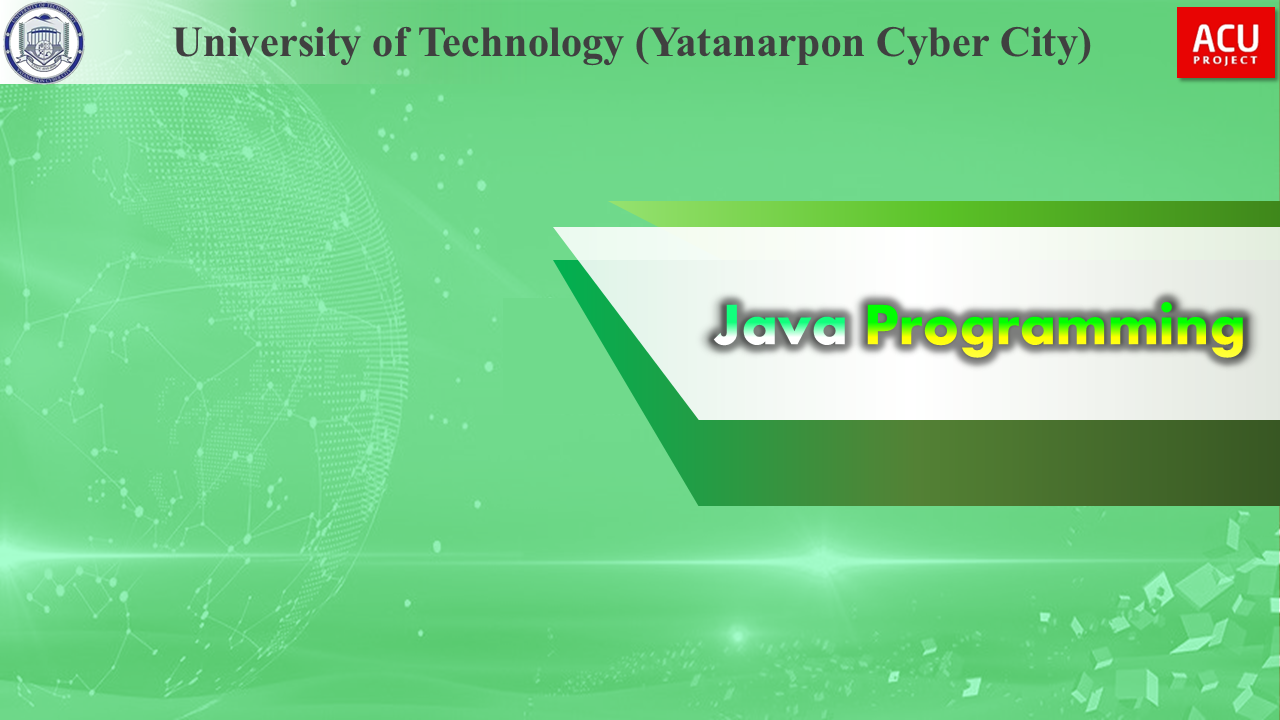
- Gil-Dong Hong
- Fusionsoft
- Computer Engineer
- Hello, Let me introduce myself...
- fusionsoft@fusionsoft.co.kr

This course aims to clearly explain 1.the Java Language Specification, API, JDK, IDE, how to create, compile, and execute a Java Program using Eclipse. 2. fundamental programming techniques with primitive data types, variables, constants, assignments, expressions, operators, selections and Loops. 3. mathematical problems solving by using the methods in the Math class, Characters and Strings. 4. how methods are used in a program and how arrays are necessary in programming. 5. Classes and Objects, Instance Variables, Class Variables, Instance Methods, Class Methods and how to access objects via object reference variables. 6. Inheritance, polymorphism, Abstract Classes and Interfaces. 7. how to use exceptions and exception handling, interfaces and classes in the Java Collections Framework hierarchy and how to use sets and maps to develop the programs. 8. JavaFX Basics, Layout Panes, and Shapes. 9. Event-Driven Programming, events, event sources, event classes, Animation, Path Transition, and Fade Transition. 10. JavaFX UI Controls, Text Input Control, ListView, ComboBox and MediaView. 11. Binary I/O, Sorting, Searching and Hashing, Parallel programming and networking and java database programming.
• To understand about Java and fundamental programming techniques with primitive data types, variables, constants, assignments, expressions and operators, selection statements and Loops mathematical functions characters and strings methods and arrays • To learn object-oriented programming with objects and classes, inheritance and polymorphism, abstract classes and interfaces • To acquire the skills to build user-friendly graphical interfaces (Java GUI) programs using JavaFX • To provide the Java Collection Framework, Binary I/O, Sorting, Searching and Hashing which define a set of useful API for data structures • To develop multithreading to make programs more responsive and interactive • To construct networking programs that talk with each other from different hosts over the Internet and Java database programs
Period : July 7, 2025 ~ October 31, 2025
Introductory
To complete this course successfully, you should have:
1. To understand about Java and fundamental programming techniques with primitive data types, variables, constants, assignments, expressions and operators, selection statements and Loops mathematical functions characters and strings methods and arrays
2. To learn object-oriented programming with objects and classes, inheritance and polymorphism, abstract classes and interfaces
3. To acquire the skills to build user-friendly graphical interfaces (Java GUI) programs using JavaFX
| Item | Title | Score(Rate) | Implementing Week | Method | Remarks |
|---|---|---|---|---|---|
| Assignment | |||||
| Discussion | |||||
| Midterm | |||||
| Final Exam | |||||
| Total | 100 | ||||
| Topics and activities | Content name and URL | Remarks |
|---|---|---|
PHP 4 Web Programming, Lee, 2002


What does this course cover specifically?
You can learn about various medical engineering fields such as anatomy, physiology, medical mechanical engineering, biomaterial engineering, electronic medical equipment, medical imaging, etc. and problem solving based on actual cases.
Do you have a separate course textbook?
Here are some basic and detailed books on this course: However, based on the weekly lecture data file, the contents of each unit are summarized. (Introduction to Biomedical Engineering, Third Edition, John Enderle (ISBN: 0122386620), Elsevier Academic Press)